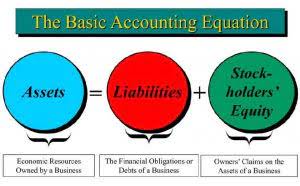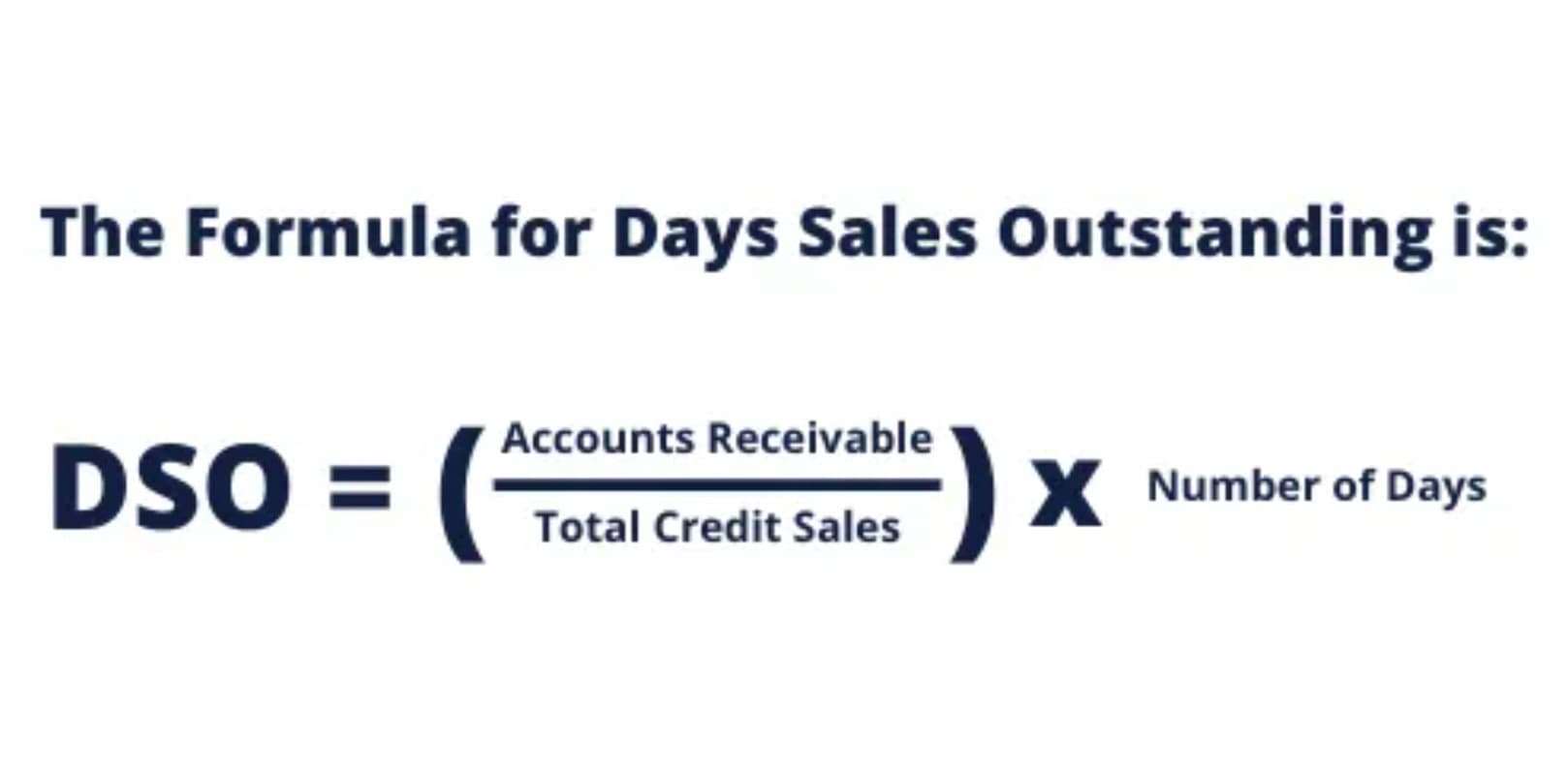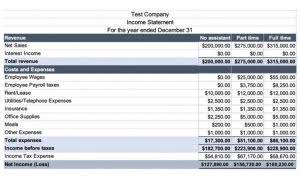Later on, the vast majority of expenses are going to be maintenance-related (i.e., replacements and minor updates) because the core infrastructure has already been set up. These two costs are conditional on past demand volume patterns (and future expectations). Furthermore, another important distinction lies in how the vast majority of a clothing retailer’s future costs are unrelated to the foundational expenditures the business was founded upon. The shared characteristic of low DOL industries is that spending is tied to demand, and proforma invoice template there are more potential cost-cutting opportunities.
Why is DOL important for investors?
Companies with high fixed costs tend to have high operating leverage, such as those with a great deal of research & development and marketing. With each dollar in sales earned beyond the break-even point, the company makes how to calculate your business valuation a profit. Conversely, retail stores tend to have low fixed costs and large variable costs, especially for merchandise. Because retailers sell a large volume of items and pay upfront for each unit sold, COGS increases as sales increase. If a company has high operating leverage, then it means that a large proportion of its overall cost structure is due to fixed costs. Such a company will enjoy huge changes in profits with a relatively smaller increase in sales.
Support Pricing Decisions
As a result, companies with high DOL and in a cyclical industry are required to hold more cash on hand in anticipation of a potential shortfall in liquidity. We put this example on purpose because it shows us the worst and most confusing scenario for the operating leverage ratio. Another accounting term closely relates to the degree of operating leverage.
For example, the DOL in Year 2 comes out 2.3x after dividing 22.5% (the change in operating income from Year 1 to Year 2) by 10.0% (the change in revenue from Year 1 to Year 2). Revenue and variable costs are both impacted by the change in units sold since all three metrics are correlated. In contrast, companies with low operating leverage have cost structures comprised of comparatively more variable costs that are directly tied to production volume. The calculator will reveal that the Degree of Operating Leverage (DOL) for this scenario is 2. This means that a 1% change in sales will result in a 2% change in operating income.
Operating Leverage Calculator
Under all three cases, the contribution margin remains constant at 90% because the variable costs increase (and decrease) based on the change in the units sold. Intuitively, the degree of operating leverage (DOL) represents the risk faced by a company as a result of its percentage split between fixed and variable costs. The degree of operating leverage calculator is a tool that calculates a multiple that rates how much income can change as a consequence of a change in sales. In this article, we will learn more about what operating leverage is, its formula, and how to calculate the degree of operating leverage. Furthermore, from an investor’s point of view, we will discuss operating leverage vs. financial leverage and use a real example to analyze what the degree of operating leverage tells us.
Formula:
If sales revenues decrease, operating income will decrease at a much larger rate. By calculating the DOL, you can understand how fixed costs influence your business profitability. A higher DOL means that a small change in sales can have a significant impact on your operating income.
Degree of Operating Leverage Formula: How to Calculate and Use It
In year one, the company’s operating expenses were $150,000, while in year two, the operating expenses were $175,000. The only difference now is that the number of units sold is 5mm higher in the upside case and 5mm lower in the downside case. Since 10mm units of the product were sold at a $25.00 per unit price, revenue comes out to $250mm.
- In other words, greater fixed expenses result in a higher leverage ratio, which, when sales rise, results in higher profits.
- The cost structure directly impacts all the other measures, including profitability, response to fluctuations, and future growth.
- This section will use the financial data from a real company and put it into our degree of operating leverage calculator.
- As a business owner or manager, it is important to be aware of the company’s cost structure and how changes in revenue will impact earnings.
- This ratio helps managers and investors alike to identify how a company’s cost structure will affect earnings.
This structure provides stability, as lower fixed costs mean the company doesn’t require high sales volumes to cover its expenses. Operating leverage and financial leverage are two very important concepts in accounting. Operating leverage is when a company uses fixed costs in order to increase its operating profits. Operating leverage is a measure of how fixed costs, such as depreciation and interest expense, affect a company’s bottom line. The higher the operating leverage, the greater the proportion of fixed costs in the company’s structure and the more sensitive the company is to changes in revenue. Financial leverage, on the other hand, is a measure of how debt affects a company’s financial stability.
- Financial leverage, on the other hand, is a measure of how debt affects a company’s financial stability.
- This article explores the Degree of Operating Leverage Calculator, providing insights into the formula, how to use it effectively, an illustrative example, and answers to frequently asked questions.
- The DOL measures the how sensitive operating income (or EBIT) is to a change in sales revenue.
- A higher contribution margin allows more revenue to cover fixed costs and increase operating income.
- A higher operating income suggests effective cost management and strong revenue generation.
- The DOL ratio helps analysts determine what the impact of any change in sales will be on the company’s earnings.
How Can Degree Of Operating Leverage Impact A Business
On the other hand, if a company has low operating leverage, then it means that variable costs contribute a large proportion of its overall cost structure. Such a company does not need to increase sales per se to cover its lower fixed costs, but it earns a smaller profit on each incremental sale. Use this calculator to easily determine the Degree of Operating Leverage (DOL) for your business. Simply input the values for sales, fixed costs, and variable costs to get the result. The DOL indicates how sensitive your operating income is to changes in sales volume. present value formula For example, a software business has greater fixed costs in developers’ salaries and lower variable costs in software sales.
We all know that fixed costs remain unaffected by the increase or decrease in revenues. The degree of operating leverage (DOL) measures a company’s sensitivity to sales changes. The higher the DOL, the more sensitive operating income is to sales changes. As can be seen from the example, the company’s degree of operating leverage is 1.0x for both years. The degree of operating leverage (DOL) is used to measure sensitivity of a change in operating income resulting from change in sales. The Degree of Operating Leverage (DOL) calculator helps you understand the proportionate change in operating income as a result of a change in sales.
For the particular case of the financial one, our handy return of invested capital calculator can measure its influence on the business returns. This relation between sale and profit also applies when it turns a negative way. But the other perspective of this situation is a lot of costs are tied up in fixed assets like real estate, machinery, plants, etc.
The fixed costs are those that do not change with fluctuation in the output and remain constant. The main examples of fixed costs include rent, depreciation, salaries, and interest on loans. The impact of fixed cost is significant as it reduces the financial flexibility of the company and makes it difficult to respond to the changes in demand. Financial leverage is a more relative measure of the company’s debt for acquiring the fixed assets to use.













